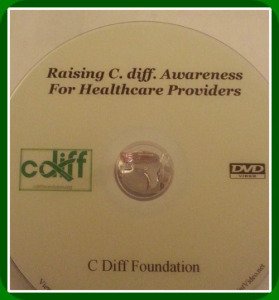 Valneva Announces Start of Phase II Clinical Trial of its Clostridium difficile vaccine candidate
Valneva Announces Start of Phase II Clinical Trial of its Clostridium difficile vaccine candidate
- First Study participant(s) enrolled in Phase II trial which aims to enable Phase III entry upon successful completion
- Study to enroll 500 healthy subjects aged 50 years and older in the United States and Germany
- First results are expected in Q4 2015
* News Provided in English, French, and German *
Lyon (France), December 18, 2014 - European biotechnology company Valneva SE (“Valneva”) announced today the initiation of the Phase II clinical trial of its VLA84 prophylactic vaccine candidate against Clostridium difficile (C. difficile), the main cause of nosocomial diarrhea. Data from the Phase I study in healthy elderly and adults showed good safety and immunogenicity of the vaccine candidate, and indicated functionality of induced antibodies, supporting the Company`s decision to progress the vaccine candidate into Phase II
—————
Valneva annonce l`initiation de l`essai clinique de Phase II pour son candidat vaccin contre le Clostridium difficile
- Premier volontaire recruté pour l`essai de Phase II qui, une fois achevé, devrait conduire à l`initiation de la Phase III
- L`étude de Phase II vise à recruter 500 volontaires âgés de 50 ans et plus aux Etats-Unis et en Allemagne
- Premiers résultats attendus au T4 2015
—————-
Lyon (France), 18 décembre 2014 -La société de biotechnologie européenne Valneva SE (“Valneva”) annonce aujourd`hui le lancement de l`essai clinique de Phase II de son candidat vaccin prophylactique VLA84 contre le Clostridium difficile (C. difficile), principale cause de diarrhée nosocomiale. Les données de Phase I chez des adultes et des personnes âgées en bonne santé ont démontré un bon profil d`innocuité et d`immunogénicité du candidat vaccin ainsi qu`un bon fonctionnement des anticorps produits, conduisant ainsi la société à faire progresser son candidat vaccin en Phase II.
——————-
Valneva gibt den Start einer klinischen Phase-II Studie mit seinem Impfstoffkandidaten gegen Clostridium difficile bekannt
- Erste(r) Studienteilnehmer wurde(n) in die Phase II-Studie aufgenommen, die nach erfolgreichem Abschluss eine Phase III-Studie ermöglichen soll
- Studie wird 500 gesunde Probanden im Alter von 50 Jahren oder älter in den USA und Deutschland umfassen
- Erste Ergebnisse werden im 4. Quartal 2015 erwartet
Lyon (Frankreich), 18. Dezember 2014 - Das europäische Biotech Unternehmen Valneva SE (“Valneva”) hat heute den Start der klinischen Phase II-Studie ihres prophylaktischen Impfstoffkandidaten VLA84 gegen Clostridum difficile (C. difficile), die Hauptursache von nosokomialen Durchfallerkrankungen, bekannt gegeben. Die Daten aus der vorangegangenen Phase I-Studie in gesunden jüngeren Erwachsenen und älteren Personen zeigten bereits erste gute Sicherheits- und Immunogenitätsdaten des Impfstoffkandidaten, und deuteten auf die Funktionalität der induzierten Antikörper hin, weshalb sich das Unternehmen für die Weiterentwicklung des Impfstoffkandidaten in einer Phase II entschieden hat.


